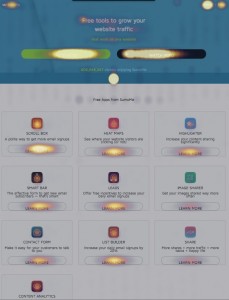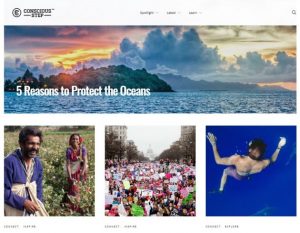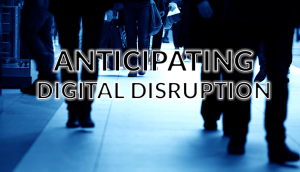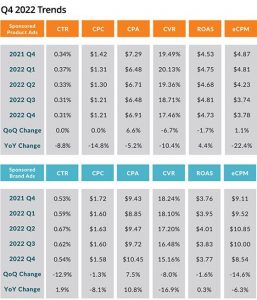![]()
The metaverse just got another big vote of support from Sand Hill Road.
Ready Player Me, a cross-game avatar system, announced on Tuesday it has closed a $56 million Series B round. Among its backers: Andreessen Horowitz, the cofounders of Roblox and Twitch, and entertainer Kevin Hart’s venture fund.
This latest round brings the total investment in Ready Player Me to $72 million. (Total valuation was not disclosed.) The company plans to use the money to expand its team and shift its focus from developer-centric tools to user-centric ones that allow people to create and sell items associated with their avatars (such as outfits). Avatars made with the company’s system can be used in any supported metaverse experience, letting people carry their look between virtual worlds.
Founded in 2014, Ready Player Me currently offers developers access to its avatar creator tool, which can save anywhere from six months to several years of development time, and allows players to experience some visual consistency between games.
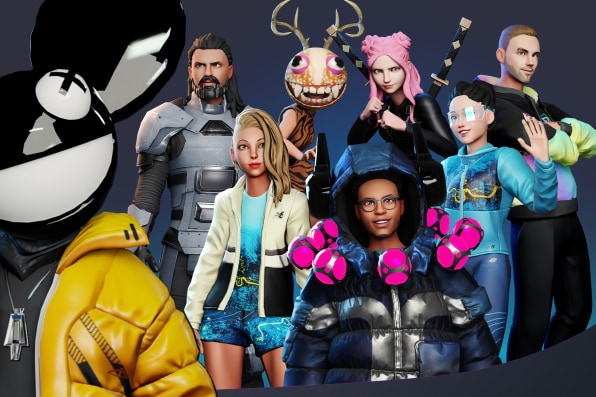
“The metaverse is not one game, one place, or one platform,” Timmu Tõke, cofounder and CEO of Ready Player Me tells Fast Company. “It’s a network of thousands or millions of virtual ones. So, it makes sense for the users of the metaverse to have an avatar that travels with them across many virtual worlds, instead of being stuck in one game. That’s the problem we solve for end-users.”
At present, Ready Player Me has a team of 50 employees, mostly spread throughout Europe. As the company embarks on its next phase, Tõke says, it will build out the U.S. team, boosting head count by 20 to 30.
More than 3,000 apps across both Web 2.0 and Web3 currently integrate Ready Player Me into their process, including VRChat and Spatial. The company also counts several major brands among its customers, such as Adidas, Dior, and Warner Bros., which make products that can be integrated with the avatars. (For example, outfits from the movie Dune are available to Ready Player Me avatars.)
Creating an avatar via Ready Player Me is an easy process. Just upload a picture of yourself or use your phone/tablet/PC’s camera, and the system does the rest, giving you a chance to personalize and tweak the results. To date, over 5 million avatars have been created, but Tõke declined to give active user numbers.
“Ready Player Me is . . . well on [its] way to building the interoperable identity protocol for the open metaverse,” said Jonathan Lai, general partner at Andreessen Horowitz in a statement. “We’ve been deeply impressed by the team’s blend of developer empathy, technical chops, and entrepreneurial pragmatism, and couldn’t be more excited to partner with them on this journey.”
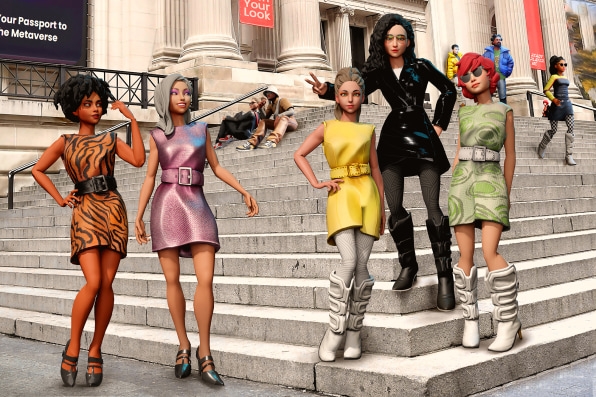
While companies like Meta and Epic Games are creating bordered areas of the metaverse, Ready Player Me is betting on an open-gated future, where users can jump between creators’ worlds.
“The metaverse has two paths,” says Tõke. “One is a centralized model that’s owned by a few big companies that make all the rules. The other is more open, where worlds are connected, and people can travel between those worlds, and it’s more like the internet than the gaming worlds of today.”
To Tõke, it’s no secret which is the better path: “We think the open metaverse should happen and is a better future for virtual worlds,” he says.
Betting against the closed-world metaverse seemingly pits Ready Player Me against corporate enthusiasts like Mark Zuckerberg, but Tõke says the benefits of an open metaverse will eventually become financially irresistible, especially as people become more used to spending real-world money there.
“We believe if you have avatars and accessories that travel across worlds, that builds a bigger world around avatars,” he says. “People are more likely to pay for a skin that works in 1,000 games—or enough games that you play—than one that is stuck in one game forever. We’re trying to create a marketplace that’s open to everyone.”
(23)

